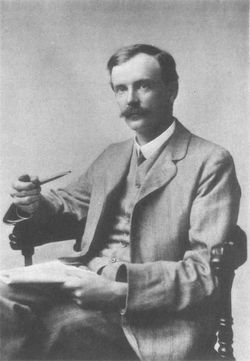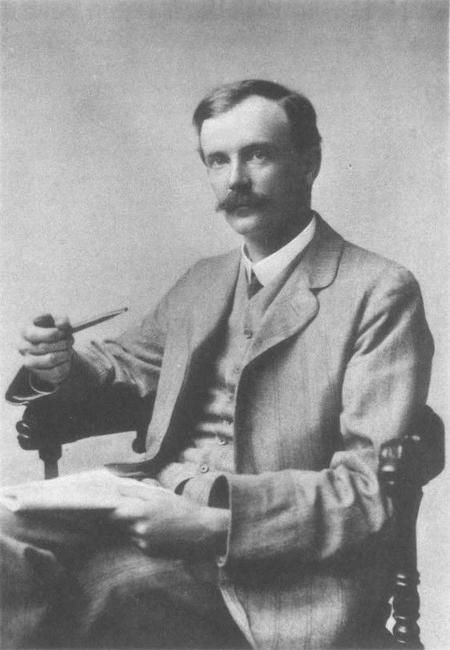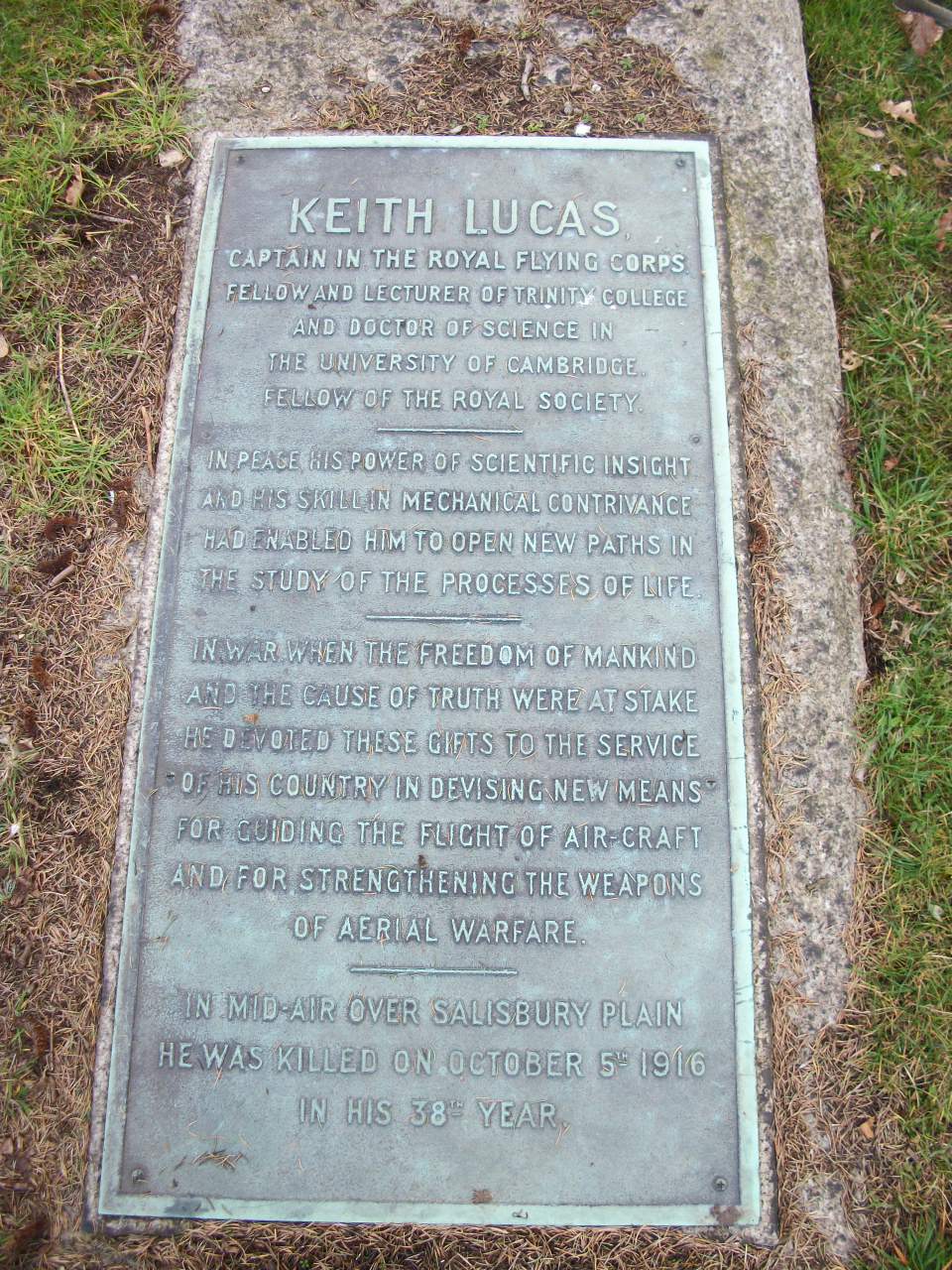Bio by: Linda Davis
Inscription
Captain in the Royal Flying Corps
Fellow and Lecturer of Trinity College
And Doctor of Science in the University of Cambridge
Fellow of the Royal Society.
In peace his power of scientific insight and skill in mechanical contrivance had enable him to pen new path in the study of the processes of life.
In war when the freedom of mankind and the cause of truth were at stake, he devoted these gifts to the service of his country in devising new means for guiding the flight of air craft and for strengthening the weapons of aerial warfare.
In mid-air over Salisbury Plain, he was killed on October 5, 1915 in his 38th year.
Family Members
Advertisement
See more Lucas memorials in:
Records on Ancestry
Advertisement








